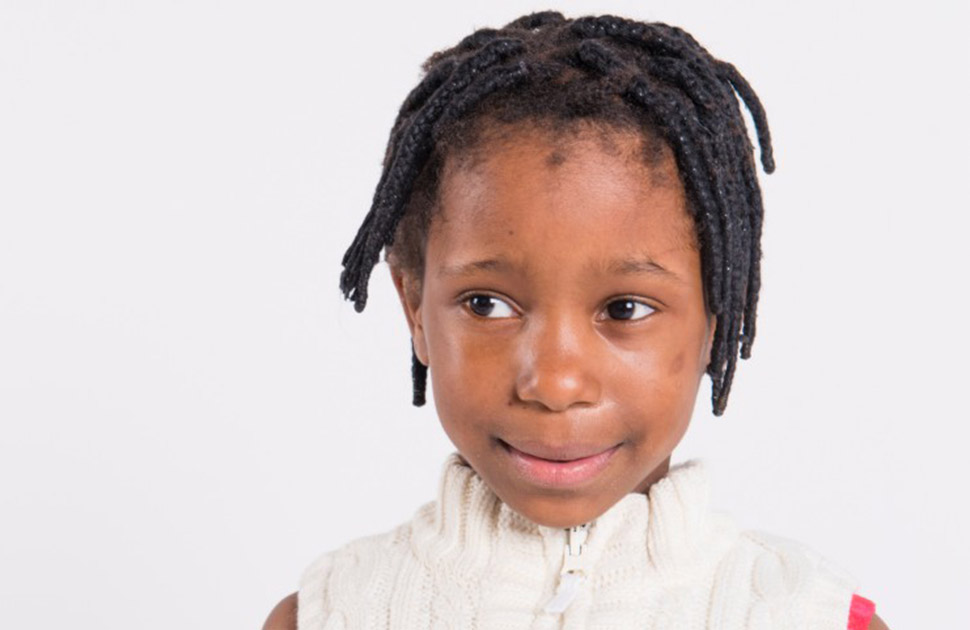
For best results make sure background graphics are enabled.
Kids and youth can live full, happy lives even if body contact is not recommended!
Encouraging your child to play with friends is an important part of their health. For some children, bumping into people or things could hurt them or the devices that keep them healthy. For these children, activities may need to be adapted or they may need to choose activities carefully. Be safe and active to live a healthy lifestyle!
To help your child or youth make good activity choices, it is important to:
1. Help children to understand why they must choose their activities carefully, and how to make good choices.
2. Choose activities that have various levels of intensity so children can ease into the activity and it is not too vigorous.
3. Help your child understand whether the adaptations and choices they need to make will continue throughout life, or whether they may change in the future.
4. Find ways that your child can join friends doing restricted activities, such as refereeing, timekeeping, or coaching.
Physical activity = exercise, social interaction and confidence!
Ensure that teachers and coaches are aware of your child's physical activity recommendations. If you have questions, ask your healthcare team to help!
![]() Enjoy activities that usually have little or no body contact, such as walking, jogging, gardening, cross-country running, table tennis, badminton, billiards, bowling, cricket, curling, golf, tai chi, slides, swimming, bocce, tap/jazz/ballet dance, cross-country skiing (classic style) or bike riding.
Enjoy activities that usually have little or no body contact, such as walking, jogging, gardening, cross-country running, table tennis, badminton, billiards, bowling, cricket, curling, golf, tai chi, slides, swimming, bocce, tap/jazz/ballet dance, cross-country skiing (classic style) or bike riding.
Avoid activities with a risk of unintentional or occasional body contact, including activities where a person or object might make contact with your child or youth (such as volleyball, soccer, basketball, tether ball).

![]() Enjoy most activities that do not have deliberate body contact. Sports with unintentional or occasional contact are okay. Try sports such as basketball, cheerleading, volleyball, tether ball, street hockey, figure skating, ice hockey without body checking, baseball/softball, soccer, field hockey, squash, racquetball or tobogganing.
Enjoy most activities that do not have deliberate body contact. Sports with unintentional or occasional contact are okay. Try sports such as basketball, cheerleading, volleyball, tether ball, street hockey, figure skating, ice hockey without body checking, baseball/softball, soccer, field hockey, squash, racquetball or tobogganing.
Avoid sports with deliberate body contact (e.g. football or kickboxing).

Your care team will check off these sections to indicate which restrictions your child or youth should follow!
Body part restrictions:![]() Body contact should be avoided for the child or youth's entire body.
Body contact should be avoided for the child or youth's entire body.![]() Body contact should be avoided for just the following area (e.g. chest, abdomen):
Body contact should be avoided for just the following area (e.g. chest, abdomen):
Duration of restrictions![]() The restrictions shown above will remain unchanged until your next clinic visit.
The restrictions shown above will remain unchanged until your next clinic visit.![]() The restrictions shown above are only to remain in place for the following timeline:
The restrictions shown above are only to remain in place for the following timeline:
Other details:





